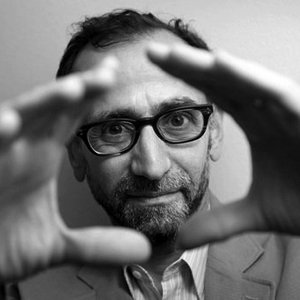The fact that the power of images has grown out of all proportion is obvious to everyone. With the advent of new media, image production has increased massively and the circulation of images is so pervasive that it affects every moment of our lives. In the United States alone, more photographs are taken every two minutes than were taken throughout the entire 19th century, and every month ninety-three million selfies are uploaded onto the internet, not to mention the millions of new videos posted daily on social networking sites.
The world of today, which is younger, more urbanized, connected and overheated than ever before, inevitably seems to have been fragmented. The image of the Earth itself – no longer that compact blue marble sphere immortalized in 1972 by the analogue shot taken by the astronauts on Apollo 17 – is presented to us through a mosaic of satellite photos that are put together in a form that reproduces the details with great accuracy, but is really “virtual”, because it is no longer linked to a single time and place. How can we now relearn to look at a world that technological innovations, dramatic climate and political changes have transformed so radically over the course of a few decades, and that continues to change at an unsustainable pace before our very eyes?
Nicholas Mirzoeff explores the world in which we produce images and how they, in their turn, shape our existence, triggering profound political and social changes. In doing so, the author makes reference to a vast repertoire of theoretical writings – from John Berger to Walter Benjamin, Michel Foucault and Gilles Deleuze – and examines numerous phenomena of contemporary culture from a historical perspective, moving between the various disciplines and geographical contexts. From the selfie, a form of self-portrait that is no longer exclusive to the elite but has become a tool with which the global majority communicates, to drones, which have replaced generals in the art of visualizing war, Come vedere il mondo is an essential map for finding our way through the sea of images in which we are immersed.
Discover

